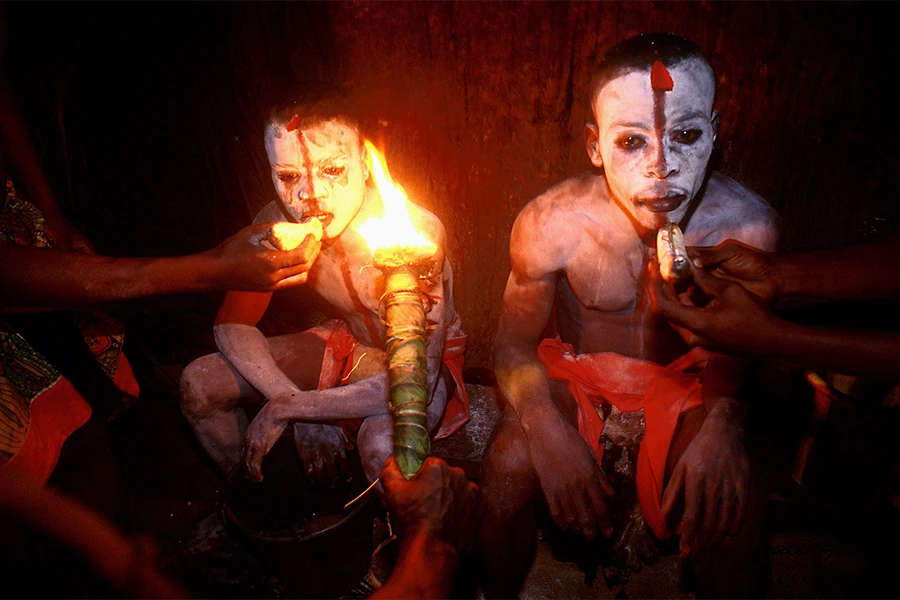*This article originally appeared in DoubleBlind Issue 7, published in 2022.
If you or someone you know has undergone an iboga or ibogaine treatment, the medicine was likely the crop of an illegal harvest in Gabon by poachers from neighboring Cameroon and sent to Mexico or Costa Rica through illegal channels. Ibogaine—a psychoactive substance which naturally occurs in the Tabernanthe iboga plant, native to Central Africa—has been investigated by researchers in the US as a promising treatment for substance use disorders, most notably opioid dependence, since the 1960s. The whole experience—often described as a dream-like state with intense visuals and flashbacks—lasts about eight to twelve hours, and is said to help significantly curtail withdrawal symptoms from opioids. A complete treatment may last from a day to several weeks, depending on the clinic and the protocols they follow.
In the last decade, an exponentially growing number of Americans have been traveling to ibogaine clinics in Mexico, Costa Rica, Colombia, the Caribbean, and, less commonly, the EU, seeking relief from their dependencies, as well as personal development. There are also iboga ceremonies in Gabon and abroad where the plant is served in its traditional form, an often-powdery substance taken from the second layer between the wood fiber of the root and the outer bark of the root of the iboga shrub. There’s been limited clinical research looking at ibogaine (at least two drug development companies are currently taking ibogaine derivatives through the FDA approval process), but the stories of healing are miraculous—and inspiring an ever-increasing contingent of Westerners to seek it out.

Sadly, the crude reality is that iboga’s growing popularity has resulted in it being overharvested from the tropical forests of Gabon for the last couple of decades. At this rate, iboga might be completely unavailable in the wild in the near future, with some sources pointing out that up to 85 percent of all iboga has already disappeared from its natural environment. This plundering also affects the rest of animal and plant life, like elephants and pangolins, among many other endangered species that inhabit this delicate ecosystem.
Gabon is an equatorial country covered in tropical forests in Central Africa, roughly the size of Colorado, with only 2.2 million people, half of whom live in the capital, Libreville. It is also the home of the Bwiti spiritual tradition that has used iboga since time immemorial. These communities have always relied on these forests to sustainably source the bark of the Tabernanthe iboga plant—or “sacred wood,” as they refer to it—but as with other hot trades from Africa, like ivory or gems, poachers and traffickers raze the forest, with little regard for the size or age of the plant, and sell it in international markets where its a profitable commodity. None of these benefits reach the communities that are the guardians of the plant’s heritage.
READ: Ibogaine and Iboga: Traditional Use, Conservation, and Ethical Considerations
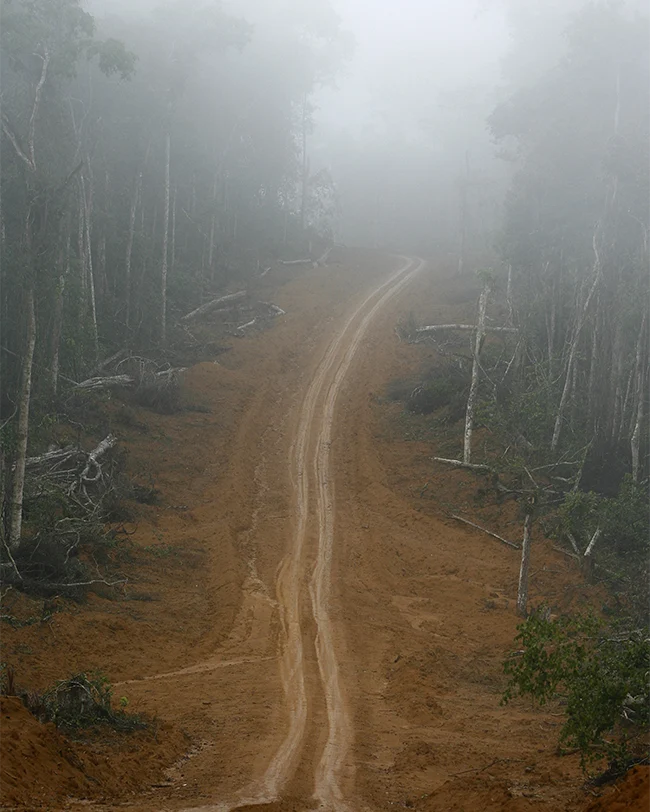
“Many areas renowned for the quality of their old iboga trees, some of them over 100 years old, have been completely razed. Today, traffickers, mainly from neighboring Cameroon, go to the heart of national parks to remove old iboga trees that should normally be kept alive by taking only the necessary quantity,” explains Yann Guignon, director and founder of Blessings of the Forest (BOTF), an organization at the forefront of campaigning against the illegal trafficking of iboga. “Good quality iboga is becoming more and more rare and, therefore, more and more expensive.”
A quick search on the internet yields a good number of vendors who sell iboga in different forms, from hydrochloride ibogaine (one of the active chemical compounds in the plant), TA (total alkaloid extraction), and the actual root bark of the plant. These vendors, mostly from Cameroon, tend to be brazen—finding potential buyers through social media and offering to sell them either stolen or completely fake iboga, inactive and made up of unknown material. They sometimes display good knowledge of how to use the plant and the risks associated with it, while at the same time endorsing unsupervised self-dosage. Meanwhile, reputable practitioners widely recommend complete medical supervision under the influence of iboga because of its cardiovascular risks. Unlike classic psychedelics such as LSD and psilocybin mushrooms, it can be fatal when administered incorrectly.

Guignon explains how this illegal market works. “The traffickers enter Gabon and then either, mainly, plunder the public domain or even small private village fields, or mandate local youths, often minors, to uproot all the ibogas that they find and that the traffickers buy from them at a ridiculous price (around $10 per kilo of iboga roots),” he says. “Then the iboga reaches Cameroon by bribing the customs officers posted at the Gabonese border and is sold on the internet, especially on social networks.”
How to Grow Shrooms Bundle
Take Both of Our Courses and Save $90!
BOTF, along with other local NGOs, is working to change that through studies and lobbying that promote the plant’s protection and cultivation by communities that will be able to export it legally in the future. The Nagoya Protocol, part of a treaty on biodiversity signed by 196 countries (the US is not one of them), serves as one of the foundational documents for how this might be done. The protocol seeks to prevent cultural, chemical, and biological piracy of nature and Indigenous communities, through including and uplifting Indigenous communities, particularly when natural resources are being commodified. It was signed in 2010 and Gabon was one of its first signatories. Acting as intercultural mediators and advisors, BOTF’s role is to facilitate access to sustainable iboga by offering support to the village communities that wish to benefit from the cultivation of iboga, and then putting them in touch with potential customers under the arbitration of the Gabonese authorities.
READ: How the Shipibo Came to Be the Most Common Group Serving Ayahuasca to Foreigners
So far BOTF has raised funds from Dr. Bronner’s Magic Soaps (which has played an active role in financially supporting the psychedelic movement) and from the RiverStyx Foundation, which have enabled them to start funding a dozen village association projects for the conservation and enhancement of Gabon’s natural and cultural heritage, of which iboga is a substantial part. This funding allows the communities to develop iboga plantations and to have alternatives to timber exploitation and poaching of protected plant and animal species, which until now have been the only unsustainable sources of income for isolated rural peoples. This support is crucial because iboga will not generate income until at least the fifth year after the beginning of the cultivation projects.
In the meantime, there are some alternatives to the plundering of the forests of Gabon. Juliana Mulligan, an ibogaine treatment expert and consultant based in New York, explains that using a similar plant called voacanga yields the same therapeutic benefits. She recommends “going to clinics and providers who only use ibogaine from voacanga, which grows very plentifully and quickly in the region, and has an alkaloid called voacangine which is easily converted into ibogaine in a lab,” she says. “This is the most sustainable source of medicine right now.”
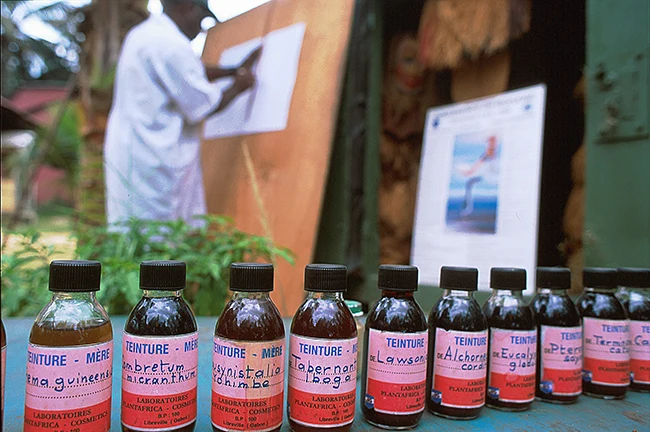
While there are some clinics that use only ethically sourced iboga it is hard to know, because most clinics, when asked, will say that their medicine is sustainably sourced. Guignon, however, believes that there are no ethical iboga suppliers at the moment. If a clinic wants to use ethical iboga, he recommends querying the iboga supplier about the plant’s variety and about the plantation, but warns: “Even with all this, the traffickers are very clever and easily take advantage of the total ignorance of the buyers.” At this point, with iboga exports banned in Gabon since 2019, a clinic can either wait for a first export license to be granted to a Gabonese village community, which will allow a foreign buyer to be able to resell the raw material to the clinics, while respecting certain legal and ethical rules; or it can apply for access to the Gabonese authorities through the community that owns a farm or through a mediator such as BOTF, explains Guignon.
Cultivating the plant is a solution for the future, though not without difficulties. As Guignon points out, cultivating iboga is not the same as cultivating tomatoes. The plant takes a minimum of five years to mature and can be challenging to cultivate; it is common for iboga farmers to struggle with growth or with plants that end up containing low concentrations of ibogaine. But there are already a number of projects on the way supported by BOTF. Always in need of funding, its founder and CEO makes an appeal “to souls of good will, especially those who have benefited or are still benefiting from iboga or the knowledge of the people linked to it” to donate and help save iboga—and thus help iboga help many people around the world, who may be struggling with opioid use disorder. Mulligan adds: “What really needs to happen is for BOTF to get more funding because their goal is one, first and foremost, to protect iboga access for the traditional people that use it in Gabon and then after that to create a fair trade market for international export, that’s the end goal.”
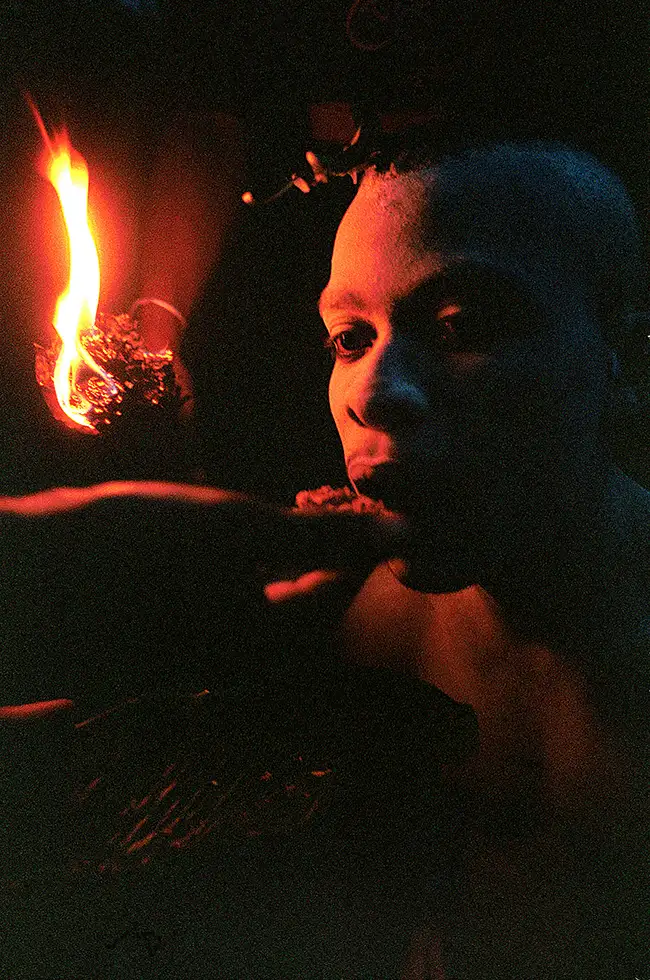
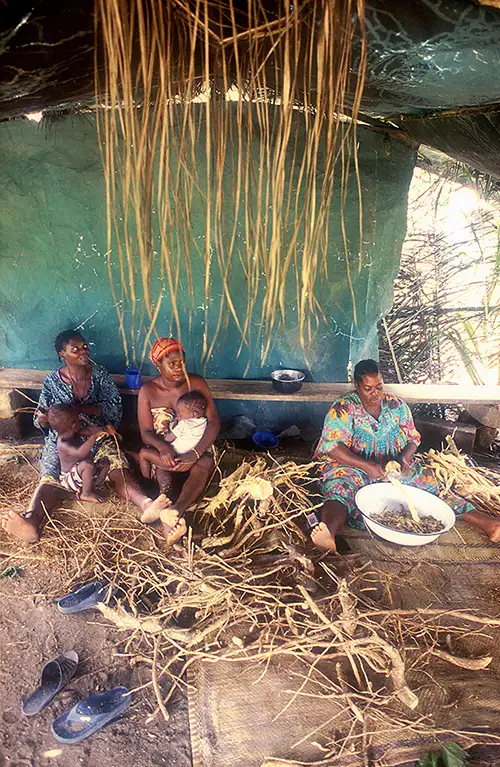
To learn more about Blessings of the Forest or to donate, visit: blessingsoftheforest.org

DoubleBlind is a trusted resource for news, evidence-based education, and reporting on psychedelics. We work with leading medical professionals, scientific researchers, journalists, mycologists, indigenous stewards, and cultural pioneers. Read about our editorial policy and fact-checking process here.

DoubleBlind Magazine does not encourage or condone any illegal activities, including but not limited to the use of illegal substances. We do not provide mental health, clinical, or medical services. We are not a substitute for medical, psychological, or psychiatric diagnosis, treatment, or advice. If you are in a crisis or if you or any other person may be in danger or experiencing a mental health emergency, immediately call 911 or your local emergency resources. If you are considering suicide, please call 988 to connect with the National Suicide Prevention Lifeline.
